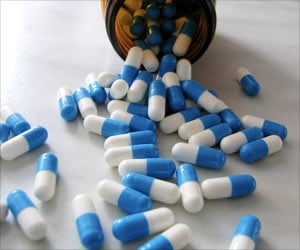The percentage of caregivers prescribing buprenorphine increased faster after the Medicaid reforms implementation.

Buprenorphine Utilization and Prescribing Among New Jersey Medicaid Beneficiaries After Adoption of Initiatives Designed to Improve Treatment Access
Go to source). Although medications such as buprenorphine effectively combat opioid addiction, less than 30 percent of potential users receive them nationwide. New Jersey sought to increase prescription numbers with three Medicaid reforms that took effect in 2019. The reforms:
- Removed prior authorization requirements for buprenorphine prescriptions
- Increased reimbursement rates for in-office opioid addiction treatment
- Established regional centers of excellence for addiction treatment
‘Buprenorphine prescriptions rates rose by 36 percent after the Medicaid reforms took effect, and the expansion rate of growth continued until December 2020.’





The only disappointment came from the study’s measurement of long-term usage. The percentage of buprenorphine prescriptions that remained active for more than 180 days didn’t rise during the study period.
The Impact of Medicaid Reforms on Opioid Addiction Treatment
“Usage remains far below the ideal where virtually everyone battling opioid addiction receives an effective medical treatment like buprenorphine,” said Peter Treitler, research project manager for the Rutgers Institute for Health, Health Care Policy and Aging Research and lead author of the analysis published in JAMA Network Open. “However, our analysis suggests these reforms may get us to that point years before we would have reached it under the previous policies.”What are the Features of Buprenorphine Drug?
Buprenorphine — a once-daily prescription pill sold in the United States as Suboxone, Zubsolv and Sublocade — works in two ways (2✔ ✔Trusted SourceBuprenorphine
Go to source). First, it binds to the same brain cells as drugs such as opium, heroin, morphine, oxycodone and fentanyl. Once it’s in place, those other drugs struggle to dislodge it, bind to the target cells and produce addictive highs. Second, it stimulates a milder effect that reduces cravings for those other drugs and prevents withdrawal symptoms.
Regulators once placed extra restrictions on buprenorphine prescriptions because they worried its mood-altering effects would create more addicts than it cured. These restrictions, which forced caregivers to justify each new buprenorphine prescription at length and investigated providers who prescribed the drug “too often,” led many to avoid prescribing the drug at all, said Treitler, who added Medicaid’s low reimbursement rates for office-based addiction treatment further reduced buprenorphine availability to poor patients.
Regulators have relaxed many restrictions on buprenorphine because opioid addiction has increased. Recent research has shown buprenorphine to be both safer and more effective than previously thought. The reforms to New Jersey’s Medicaid program further reduced barriers to medication usage among its patients.
“They looked at what obstacles were blocking the usage of a valuable drug in this particularly underserved patient population,” Treitler said. “They removed several of the biggest obstacles. And the results so far suggest they’re getting the desired results.”
Indeed, the positive numbers seen in initiatives such as the one undertaken by New Jersey’s Medicaid program may finally be affecting the most important number of all: overdose deaths. After several decades of speedy increases, overdoses nationwide rose by just 500 in 2022.
Advertisement
References:
- Buprenorphine Utilization and Prescribing Among New Jersey Medicaid Beneficiaries After Adoption of Initiatives Designed to Improve Treatment Access - (https://jamanetwork.com/journals/jamanetworkopen/fullarticle/2804553)
- Buprenorphine - (https://www.samhsa.gov/medications-substance-use-disorders/medications-counseling-related-conditions/buprenorphine)















